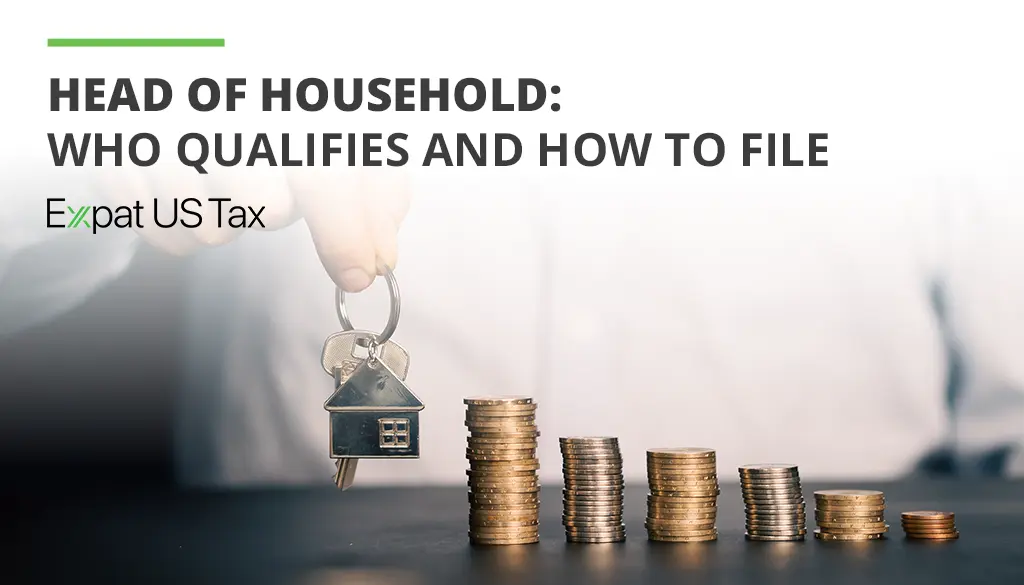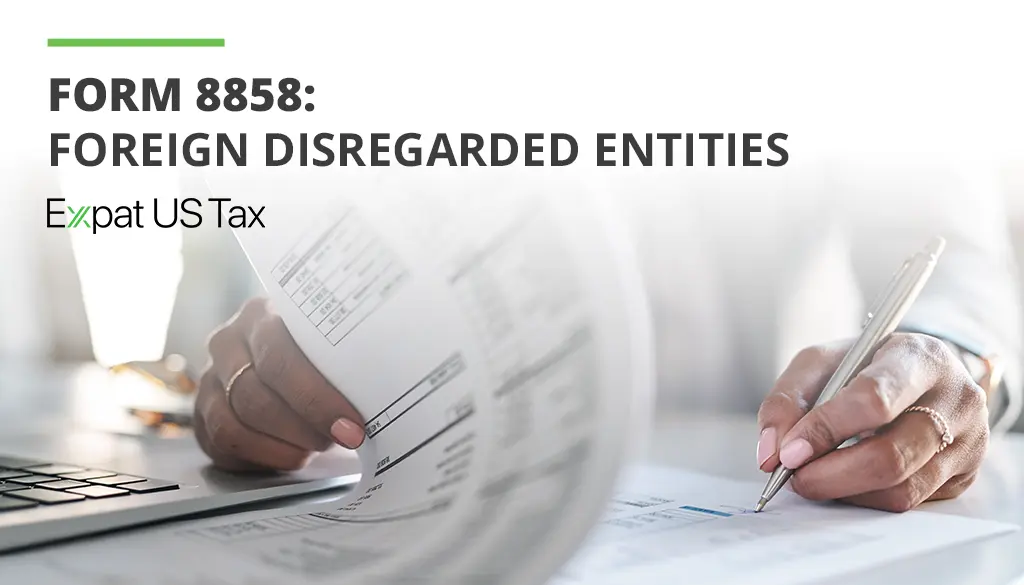What is the superannuation rate?

Table of Contents
What is the superannuation rate right now and who has to pay it?
The Superannuation Guarantee (SG) rate is 12%, effective 1 July 2025. If a pay period crossed June and July but the wages were paid on or after 1 July, the 12% rate applies to that payment.
Who is actually covered?
Employers must pay SG for full-time, part-time, and eligible casual employees. Most adult employees are covered from day one. Workers under 18 are covered in any week they work more than 30 hours. Some contractors are also treated as employees for SG when they’re paid mainly for their personal labour or skills, even if they invoice with an ABN. If the arrangement is essentially paying a person for their time and expertise, budget for SG.
The 12% is calculated on Ordinary Time Earnings (OTE), not on every dollar you earn. OTE usually includes your base pay for ordinary hours and may include things like shift loadings, commissions, and most allowances that relate to ordinary hours. Overtime payments are not OTE. Genuine reimbursements and certain termination payments also fall outside OTE. If your pay is overtime-heavy, your SG might look smaller than you expect because those overtime hours aren’t part of the calculation.
If you’re a US expat working in Australia, none of this changes your employer’s obligation. They still pay 12% of OTE into your Super fund on eligible earnings, using the same rules as everyone else.
Does the current superannuation guarantee apply to part-time, casual and contractor workers?
Yes. Part-time and casual employees who meet the eligibility rules receive SG at the same 12% as full-time staff. There’s no lower rate for shorter hours. For workers under 18, remember the weekly 30-hour test. If they pass it in a given week, SG applies for that week.
Contractors can be covered too. If a contractor is paid primarily for their personal labour or skills, and they perform the work themselves (not through employees or by supplying substantial equipment), they’re often treated as an employee for SG purposes.
In practice, if you’re paying a person for their time and they don’t have the right to delegate the work to someone else, SG may be due.
A things to keep in mind:
- Multiple jobs. Each employer assesses SG separately. If you have two roles, each employer pays SG on the OTE they pay you.
- Short engagements and probation. There’s no waiting period for adult employees. If you’re eligible, SG applies from the start of employment, even during probation or for short-term assignments.
- Casual rosters that spike and dip. Eligibility is assessed as the work occurs. For under-18s, SG applies in weeks they exceed 30 hours; for adults, hours variation doesn’t change the rate.
- Overtime-heavy roles. Overtime isn’t OTE, so a casual doing lots of overtime might see lower SG than their total hours suggest. The employer still applies 12% to the ordinary-hours component.

Get personal advice on your Superannuation setup.
Does overtime get super paid at the same rate, or is it excluded from OTE?
Overtime payments are generally excluded from superannuation, because SG is calculated only on ordinary time earnings
Typical inclusions (count as OTE)
- Base pay for ordinary hours
- Shift loadings and penalties tied to ordinary hours
- Most allowances that relate to doing the job during ordinary hours
- Commissions and most performance bonuses connected to work performed
- Paid leave taken during employment, such as annual leave and personal leave
- In many cases, annual leave loading where it is not clearly linked to overtime
Common exclusions (not OTE)
- Most overtime payments, including the overtime loading
- Genuine expense allowances and reimbursements
- Certain termination lump sums, such as redundancy or unused sick leave paid at exit
- Sign-on or settlement amounts that are not for ordinary hours
- Amounts an enterprise agreement or award classifies as overtime or outside ordinary hours
When does the superannuation rate increase each year?
Superannuation rate changes usually happen on 1 July, which is the start of Australia’s financial year. Payroll teams should also update the maximum contribution base on 1 July so super caps and calculations stay accurate.
If you want the context for why SG moves on 1 July and how it evolved from 1992, you can it here: when did superannuation start.
Quick timeline to the current level
- 1 July 2021: 10%
- 1 July 2022: 10.5%
- 1 July 2023: 11%
- 1 July 2024: 11.5%
- 1 July 2025: 12% (current rate)
FAQs
When is my super actually due to be paid?
Employers must pay SG at least quarterly (by 28 Oct, 28 Jan, 28 Apr, 28 Jul); paying late triggers the Superannuation Guarantee Charge with interest and admin penalties.
Is there a cap on the earnings my employer has to apply SG to?
Does salary sacrifice reduce the SG my employer owes?
I’m a new starter, can my employer choose any fund for me?
What if my employer underpaid super? Can it be fixed later?



